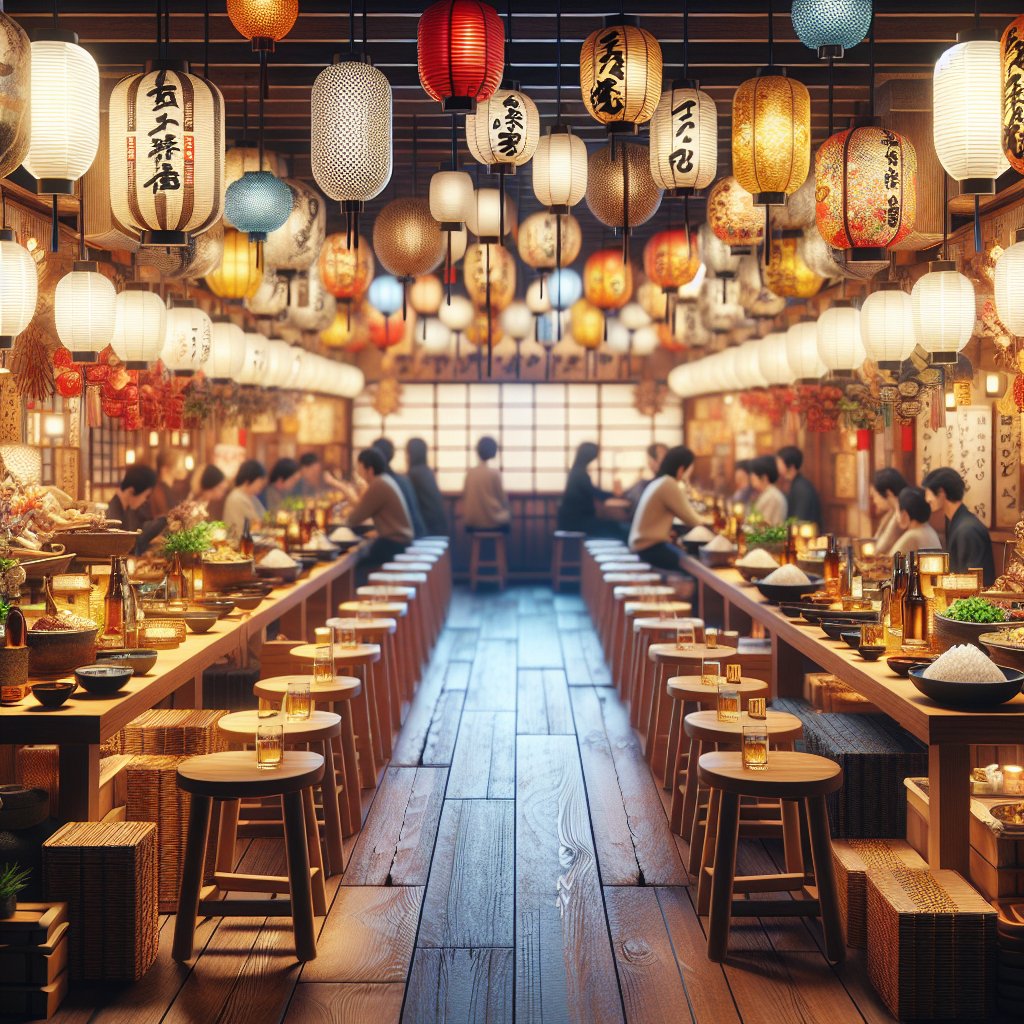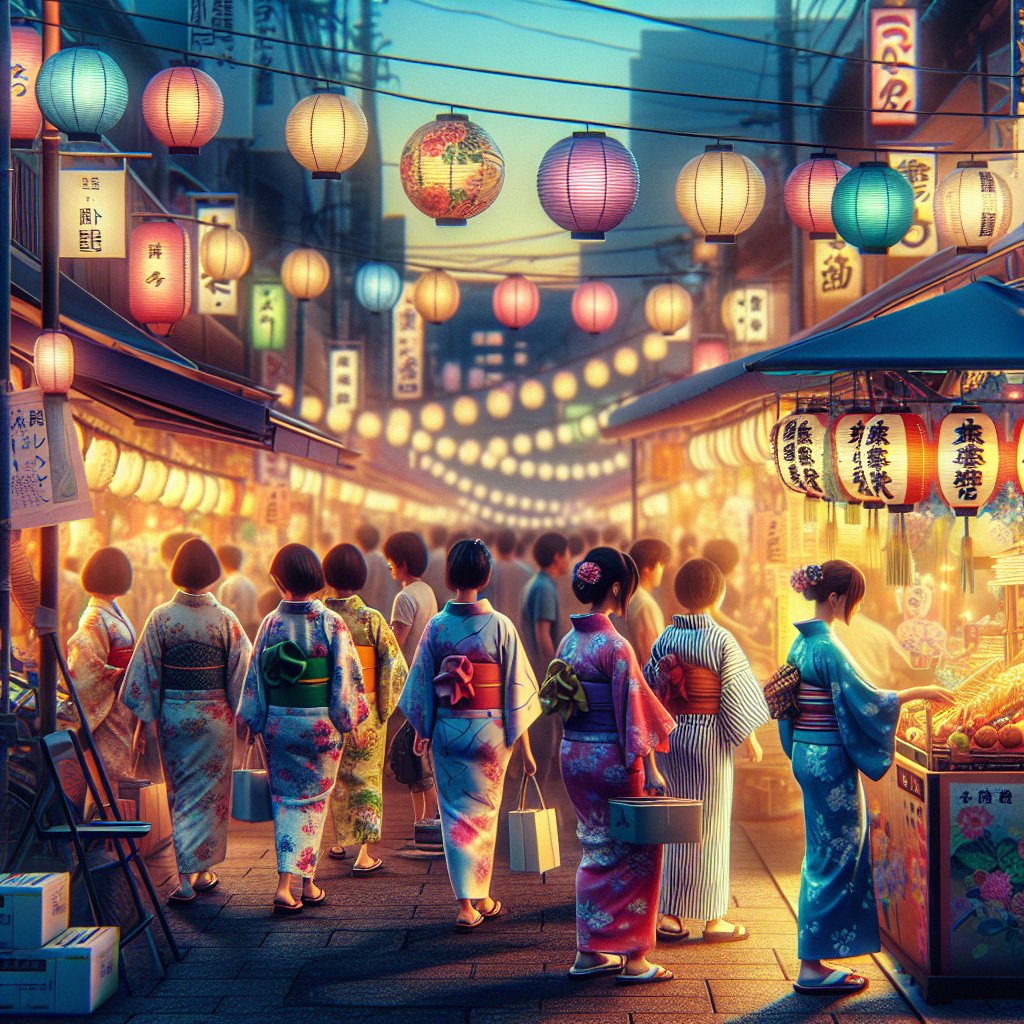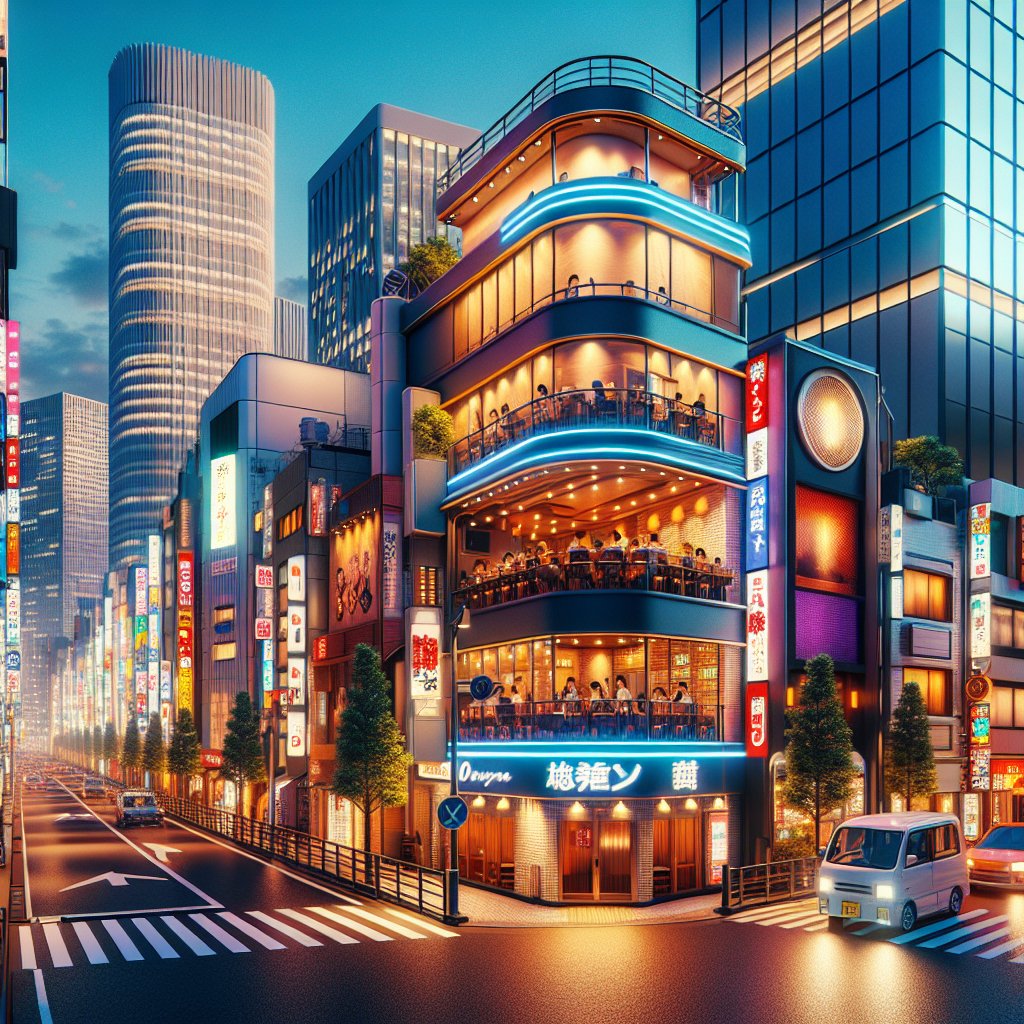Tokyo, the bustling capital of Japan, is a city where the past and present coexist in a harmonious blend. From its origins as a small fishing village to its rise as a global metropolis, Tokyo’s rich history has played a pivotal role in shaping the vibrant city we see today. This article delves into the historical journey of Tokyo and explores how its past influences its modern-day culture, architecture, and society.
The Historical Evolution of Tokyo
The history of Tokyo dates back several centuries, with its roots in the small fishing village of Edo. In the early 17th century, Edo became the seat of power for the Tokugawa shogunate, marking the beginning of its transformation into a major political and cultural center. The Edo period, which lasted from 1603 to 1868, was a time of peace and stability, allowing the city to flourish and grow.
During this period, Edo’s population surged, and it became one of the largest cities in the world. The city was characterized by its unique urban planning, with a network of canals and streets that facilitated trade and transportation. The influence of the samurai class was evident in the architecture and culture of the time, with grand castles and temples dotting the landscape.
The Meiji Restoration in 1868 marked a significant turning point in Tokyo’s history. The emperor moved the capital from Kyoto to Edo, renaming it Tokyo, meaning “Eastern Capital.” This period saw rapid modernization and Westernization, as Japan opened its doors to the world. Tokyo underwent significant changes, with the introduction of railways, telegraph lines, and Western-style buildings.
The early 20th century was a time of both progress and challenges for Tokyo. The city continued to grow and modernize, but it also faced devastating events such as the Great Kanto Earthquake in 1923 and the bombings during World War II. Despite these setbacks, Tokyo’s resilience shone through as it rebuilt and emerged stronger than ever.
Modern Tokyo: A City Shaped by Its Past
Today, Tokyo is a dynamic metropolis that seamlessly blends tradition and innovation. The city’s rich history is evident in its diverse neighborhoods, each with its own unique character and charm. From the historic temples of Asakusa to the bustling streets of Shibuya, Tokyo offers a glimpse into both its past and future.
One of the most striking aspects of Tokyo is its architecture, which reflects the city’s historical evolution. Traditional wooden structures stand alongside modern skyscrapers, creating a skyline that is both eclectic and captivating. The preservation of historical sites, such as the Imperial Palace and Senso-ji Temple, serves as a reminder of Tokyo’s storied past.
Tokyo’s cultural heritage is also deeply rooted in its history. The city is home to numerous museums, galleries, and theaters that celebrate both traditional and contemporary art forms. Festivals and events, such as the annual cherry blossom viewing and the Sumida River Fireworks Festival, highlight the city’s cultural vibrancy and draw visitors from around the world.
Moreover, Tokyo’s history has shaped its culinary scene, which is renowned for its diversity and innovation. From traditional sushi and ramen to modern fusion cuisine, Tokyo offers a gastronomic experience that reflects its rich cultural tapestry. The city’s markets and food stalls provide a taste of its culinary heritage, while its Michelin-starred restaurants showcase its commitment to excellence.
In conclusion, Tokyo’s rich history is an integral part of its identity, influencing every aspect of the city from its architecture to its culture. As Tokyo continues to evolve and grow, it remains a testament to the resilience and adaptability of its people. The city’s ability to honor its past while embracing the future makes it a truly unique and captivating destination.












